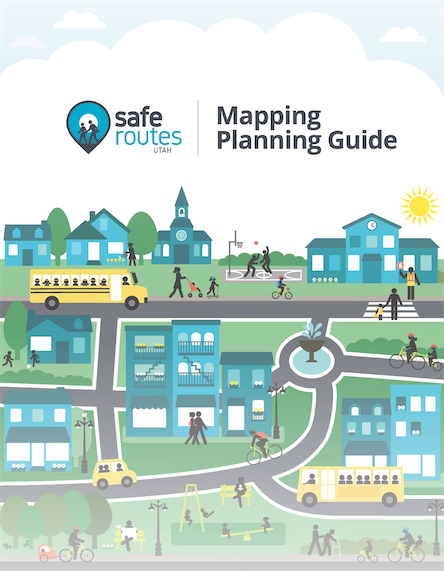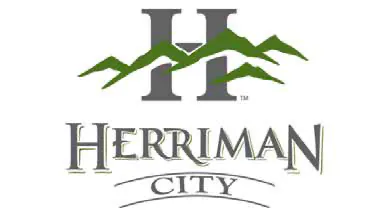Welcome to the new Safe Routes Mapping Site
Principals & Districts, please see below for information and tips to navigate the new site.
The goal of Safe Routes Utah is to help children get to and from school safely while motivating children to experience the benefits of walking or biking to school. School leadership officials have a significant influence on the way students travel to and from school. Policies, procedures, and projects can be promoted at the school and district level that address concerns, improve safety, increase physical activity, and encourage students to walk and bike more often.
Information for Principals and Districts
- Identify their Safe Routes Mapping Committee. This should include:
- School Administrator (principal or vice principal)
- Local law enforcement
- City/County engineer and/or public works
- PTA/PTO
- Interested parents, guardians, or school employees
- Create/Update their Safe Routes map and submit for district approval
- Once the map is approved, create/update their Safe Routes Plan Report
Reminders for principals and districts for the new site:
- Usernames are associated with the schools, not individuals. However, the contact information for the school can be updated and changed.
- All maps, regardless of approval date, will need to be approved by the district on the new site. Schools will need to review and submit their map for district approval.
- Any changes made on the previous site before July 10th, 2023, should already be included on your map on the new site. However, if changes were made after that date, they will not be included and will need to be made on the new mapping site.
- Your school’s map will only be visible on the public view if it has been approved by the district within the last year. If a map does not show up, it means it has not been approved.

Safe Routes Plan
Under Utah law, every elementary, middle and junior high school is required to create a Safe Routes Plan. It should be reviewed annually to see if there have been changes to the school attendance boundary, walk zone or the adjacent neighborhoods.
After the Safe Routes Plan has been reviewed and accepted by all involved parties–including the school, district, city, county and UDOT–it is the principal’s responsibility to distribute the approved safe routing map plan accompanied by a text description to every student enrolled in the school.
If you have any questions about the mapping site or your login information, please contact khoschouer@utah.gov

New to the mapping process and not sure where to start?
Use this in-depth guide to help you understand the steps of what goes into making your school’s Safe Routes map.

Take a look at a great example of a city going through the Safe Routes planning process.
See how Herriman City walks through the planning process on their blog below.
Mapping Video Tutorials
School Login Overview
Safe Route Lines
Symbols
District Login Overview & Approvals

